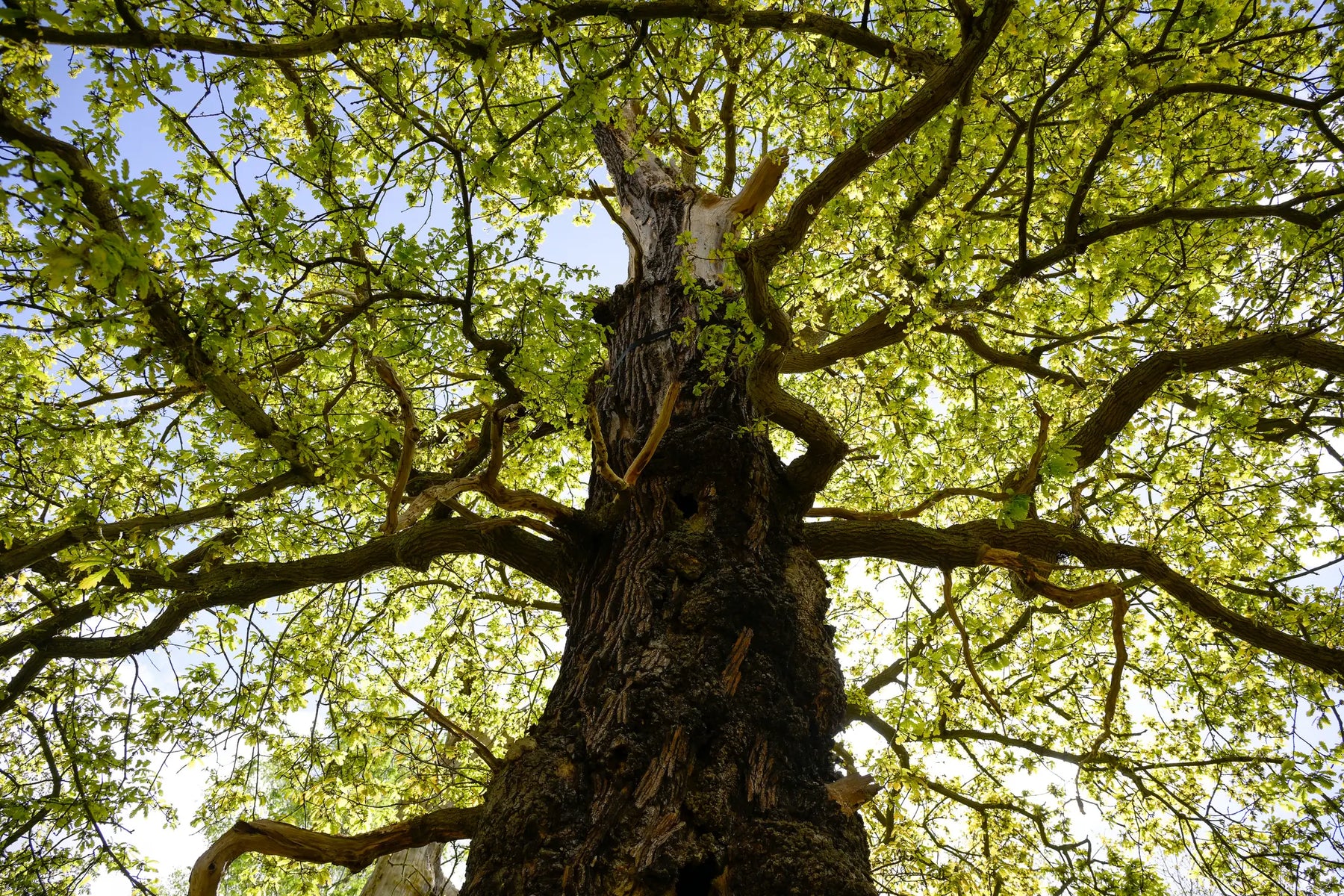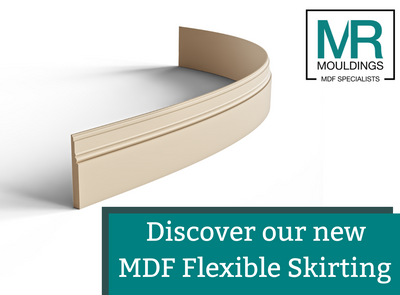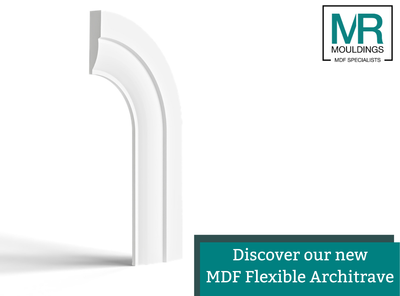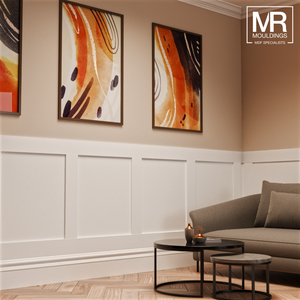
Hardwood vs Softwood: What’s the Difference and Which Should You Choose?
When it comes to choosing timber for interior mouldings, whether you're after timeless skirting boards, detailed architraves or bespoke trims, the choice between hardwood and softwood is more than just about price. Understanding the difference between the two helps ensure your woodwork not only looks great but also stands the test of time.
Hardwood comes from slow-growing deciduous trees, making it denser, more durable, and ideal for premium finishes. Softwood comes from faster-growing conifers, offering a lighter, more affordable option that's easier to work with, perfect for painted mouldings. Your choice depends on budget, appearance, and intended use.
At MR Mouldings, we’ve spent years supplying high-quality timber mouldings across the UK, specialising in moisture-resistant MDF but also offering selected hardwood and softwood options for those seeking natural grain or specific characteristics. Here’s what you need to know.
What Is Hardwood?
Hardwood comes from deciduous trees, which typically grow slowly and lose their leaves annually. The slower growth produces denser wood with tight grain structures, making it exceptionally strong and durable.
Common types of hardwood:
-
Oak – highly durable, visually rich grain, a classic choice for traditional interiors
-
Ash – strong with a smooth finish, excellent for staining
-
Walnut – darker in tone, often used for premium finishes
-
Beech – fine-grained, great for painted finishes or curved mouldings
Hardwoods are widely regarded for their strength and longevity. They resist wear and tear, making them an ideal choice for high-traffic areas or where mouldings will remain exposed and unpainted to showcase their natural beauty.
What Is Softwood?
Softwood comes from coniferous trees, which grow faster and typically stay green year-round. This faster growth makes softwood a more sustainable and budget-friendly option, widely used across the building and interior design industries.
Common types of softwood:
-
Pine – light in colour, easy to work with, takes paint and stain well
-
Spruce – commonly used in construction and panelling
-
Fir – stable and knot-resistant, often chosen for joinery
While softwood is generally less dense than hardwood, it can still be highly reliable, especially for interior mouldings that will be painted. With the right treatment, softwood can last for decades.
Hardwood vs Softwood: Key Differences
|
Feature |
Hardwood |
Softwood |
|
Tree type |
Deciduous |
Coniferous |
|
Growth rate |
Slow |
Fast |
|
Density |
High |
Medium to Low |
|
Durability |
Excellent |
Good (with treatment) |
|
Appearance |
Rich natural grain |
Simple grain may have knots |
|
Cost |
Higher |
More affordable |
|
Workability |
Requires skill/tools |
Easier to shape and cut |
Hardwood mouldings are a go-to for clients wanting visible grain, classic aesthetics or premium finishes. Softwoods, on the other hand, offer fantastic value and flexibility, especially for painted interiors or larger-scale projects.
Which Timber Is Best for Mouldings?
The choice between hardwood and softwood often comes down to your project goals:
Choose hardwood if:
-
You want a visible natural grain for staining or oil finishes
-
You're working on a heritage renovation or premium fit-out
-
You need maximum durability and impact resistance
Choose softwood if:
-
You're working to a tight budget but still want solid timber
-
You’re painting the mouldings and don’t need visible grain
-
You want something lightweight and easy to install
At MR Mouldings, we carefully select both hardwood and softwood timbers to ensure consistent quality. Whether you’re working on a modern refit or a classic refurbishment, our team can help you choose the right wood type for your exact spec.
Hardwood, Softwood… or MDF?
While hardwood and softwood have their merits, MDF (Medium-Density Fibreboard) remains the most popular choice for internal mouldings, and for good reason.
Why choose MDF?
-
Perfectly smooth finish for painting
-
No knots or grain irregularities
-
Highly moisture-resistant (especially our MR MDF range)
-
More affordable than solid wood
-
Won’t warp or split over time
We’re known for our MDF expertise, supplying thousands of linear metres of moisture-resistant MDF mouldings to homeowners, developers, and the trade. But for customers who prefer the natural look and feel of timber, our hardwood and softwood profiles offer a trusted alternative.
Expert Advice From MR Mouldings
Not sure which timber is best for your project? Here’s our quick expert guide:
-
For painted finishes: MDF or softwood is ideal.
-
For stained/oiled finishes: Opt for hardwood to showcase the grain.
-
For humid environments (e.g. bathrooms): Choose MR MDF or a hardwood with natural moisture resistance.
-
For period properties: Hardwood mouldings such as oak often match original features better.
-
For tight budgets: Softwood provides a good compromise between quality and price.
And remember, no matter which option you choose, correct installation and finishing will ensure long-term performance. We’re happy to advise on priming, painting, and care.
Frequently Asked Questions
What’s the main difference between hardwood and softwood?
Hardwood comes from slower-growing deciduous trees and is denser and more durable. Softwood comes from coniferous trees, grows faster, and is lighter and easier to work with.
Is hardwood or softwood better for skirting boards?
It depends on the finish you want. Hardwood is better for natural or stained finishes; softwood is ideal for painted skirting.
Can you paint both hardwood and softwood?
Yes, though MDF or softwood tends to be preferred for painted mouldings, as they have fewer grain inconsistencies.
Is softwood durable enough for interior use?
Absolutely. When properly treated and sealed, softwood can perform well indoors, particularly for low-impact areas.
What’s more cost-effective: hardwood, softwood, or MDF?
MDF is generally the most budget-friendly, followed by softwood. Hardwood is the most premium option.
Final Thoughts: Timber That Works for You
Choosing between hardwood and softwood doesn’t have to be complicated. It’s about matching the right material to your project goals, style preferences, and budget. At MR Mouldings, we don’t just supply timber, we help you make informed decisions with confidence.
Whether you’re a DIY renovator or a professional joiner, our team is here to guide you. Explore our full range of MDF, softwood, and hardwood mouldings online, or get in touch with us to discuss your next project.




